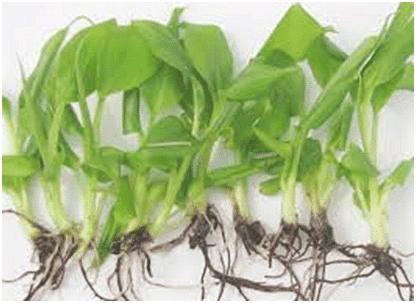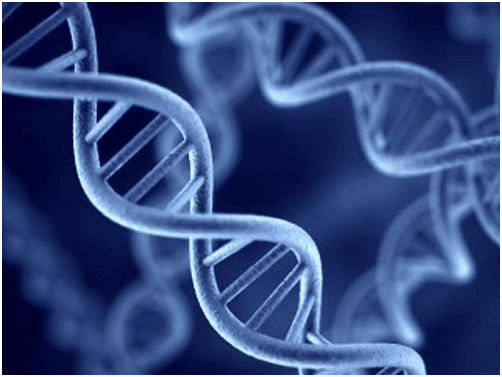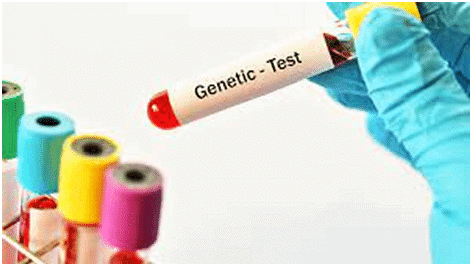Biotechnology -3 | General Awareness for SSC CGL PDF Download
Tissue Culture
Tissue culture broadly refers to the in vitro cultivation of plant cells, tissues, or organs. Strictly, it denotes the cultivation of plant cells in an unorganized mass. For the culture of single or small groups of plant cells, the term "cell culture" is used.
Applications of Plant Tissue Culture
- Micropropagation: Utilized extensively in forestry and floriculture to rapidly produce large numbers of plants from a small amount of starting material.
- Screening for Traits: Plant breeders use tissue culture to assess individual cells for desirable characteristics, rather than evaluating whole plants.
- Production of Compounds: Large-scale cultivation of plant cells in bioreactors allows for the production of valuable compounds.
- Hybridization: Facilitates the crossing of distantly related plant species, helping to save embryos that would otherwise perish.
- Disease-Free Plants: Tissue culture helps in developing virus-free and disease-free plants.
- Embryo Preservation: Young embryos can be frozen in liquid nitrogen for over a decade, easing transportation and reducing quarantine issues.
- Meristem Culture: Cultures excised meristems, which are growth areas containing undifferentiated cells, typically from the stem apex, on nutrient media under sterile conditions.
- Endosperm Culture: Involves culturing mature or immature endosperm tissues under aseptic conditions to study or propagate plants.
Terminator Gene
A terminator gene is a specific genetic sequence inserted into a plant’s DNA that makes second-generation seeds sterile.
- Advantages: Helps prevent the escape of genetically engineered traits into wild relatives, preserving biodiversity.
- Controversies: Although patented by organizations such as Monsanto, it is not commercially available and is banned in countries like India and Brazil due to its perceived lack of benefits for farmers and consumers.
Biodiesel (Biofuel)
Biodiesel is a renewable fuel derived from vegetable oils, animal fats, or recycled greases.
- Uses: Can be used as a pure fuel or blended with diesel to reduce pollutants like particulates and carbon monoxide.
- Production: Countries like Brazil are leading producers due to their emphasis on renewable energy sources.
Artificial DNA

Artificial DNA refers to synthetic long chains of DNA created in laboratories, known as Synthetic Organism-1.
- Targeted Treatments: Can be used to engineer microorganisms for specific functions, such as destroying tumors or producing vitamins.
- Potential Risks: The emergence of harmful microorganisms and undetected mutations are concerns associated with synthetic DNA.
RNA Interference (RNAi)
- RNA interference is a technique to block gene expression by inserting short RNA sequences that match parts of the target gene’s sequence, thus preventing protein production.
Biotechnical Applications in Medicine
- Cryotherapy: Uses extreme cold to treat benign and malignant tumors or tissue damage.
- Enzyme-Linked Immuno Sorbent Assay (ELISA): A test that uses antibodies and color changes to detect substances in liquid samples, such as HIV antibodies.
- Vaccines: Employ recombinant DNA technology, e.g., the hepatitis-B vaccine uses yeast cells to produce viral proteins without actual virus particles.
- Humulin: The first genetically engineered insulin, created by Eli Lilly in 1983 through synthesizing DNA sequences for insulin chains.
- Biochips: DNA chips used to study genetic material, detect diseases, and develop new drugs.
- Nanotechnology: Utilizes nanoparticles for drug delivery systems, enhancing targeted therapy.
Biometrics and Biosignatures
- Biometrics: Identification using physical traits like fingerprints or iris patterns for access control and identification.
- Biosignature: Biological indicators from assays, such as blood samples, used to determine health conditions or disease states.
Genetic Testing

Involves using recombinant DNA technology to diagnose genetic disorders. DNA probes are essential tools in this process.
Medical Imaging Techniques
- Radiography: Uses X-rays to visualize internal structures by detecting different densities in the body.
- Angiography: Imaging technique to view blood vessels and organs, focusing on arteries and veins.
- Computed Tomography (CT): Produces cross-sectional images of the body using computer-processed X-rays.
- Magnetic Resonance Imaging (MRI): Uses nuclear magnetic resonance to image detailed internal body structures.
- Positron Emission Tomography (PET): Provides 3D images of functional processes in the body.
- Sonography: Ultrasound-based technique for visualizing internal organs and tissues.
Medical and Surgical Procedures
- Prosthesis: Artificial devices that replace missing body parts, integrating with human muscle and nervous systems.
- Defibrillation: A treatment for life-threatening cardiac arrhythmias using electric shocks to restore normal heart rhythm.
- Angioplasty: Procedure to widen narrowed arteries, typically due to atherosclerosis.
- Hormone Therapy: Medical treatment involving the use of hormones or hormone antagonists.
- Immunotherapy: Treatment designed to modulate the immune system to fight diseases.
- Vascular Grafting: Use of transplanted or prosthetic blood vessels in surgery.
- Coronary Artery Bypass Surgery: Surgery to relieve angina and reduce the risk of death from coronary artery disease.
Assisted Reproductive Technologies
- In Vitro Fertilization (IVF): Collects eggs and sperm, fertilizes them outside the body, and implants the embryo into the uterus.
- Egg Retrieval: The process of collecting mature eggs from ovaries for fertilization.
- Intra Cytoplasmic Sperm Injection (ICSI): Enhances fertilization by injecting a single sperm into an egg.
- Gamete Intra Fallopian Transfer (GIFT): Transfers eggs into the fallopian tubes of a recipient female.
- Zygote Intra Fallopian Transfer (ZIFT): Similar to IVF but transfers the fertilized embryo into the fallopian tube.
Three Parent Babies
Technique using DNA from three individuals to prevent hereditary diseases in children, involving maternal spindle transfer.
Bioremediation Techniques
- Biostimulators or Bioaugmenters: Additives to soil or water that accelerate the degradation of contaminants.
- Phytoremediation: Uses plants to treat environmental problems by mitigating contaminants without excavation.
Viruses

- Adenovirus: Medium-sized, non-enveloped virus causing cold-like symptoms and infections.
- Retrovirus: RNA virus associated with diseases such as AIDS and some cancers.
|
528 videos|2108 docs|339 tests
|
FAQs on Biotechnology -3 - General Awareness for SSC CGL
| 1. What is tissue culture and how is it used in biotechnology? |  |
| 2. What is the Terminator Gene and what controversy surrounds its use in biotechnology? |  |
| 3. How is biodiesel (biofuel) produced and what are its environmental benefits? |  |
| 4. What is RNA interference (RNAi) and how is it used in biotechnology? |  |
| 5. How are biometrics and biosignatures used in biotechnology applications in medicine? |  |
















